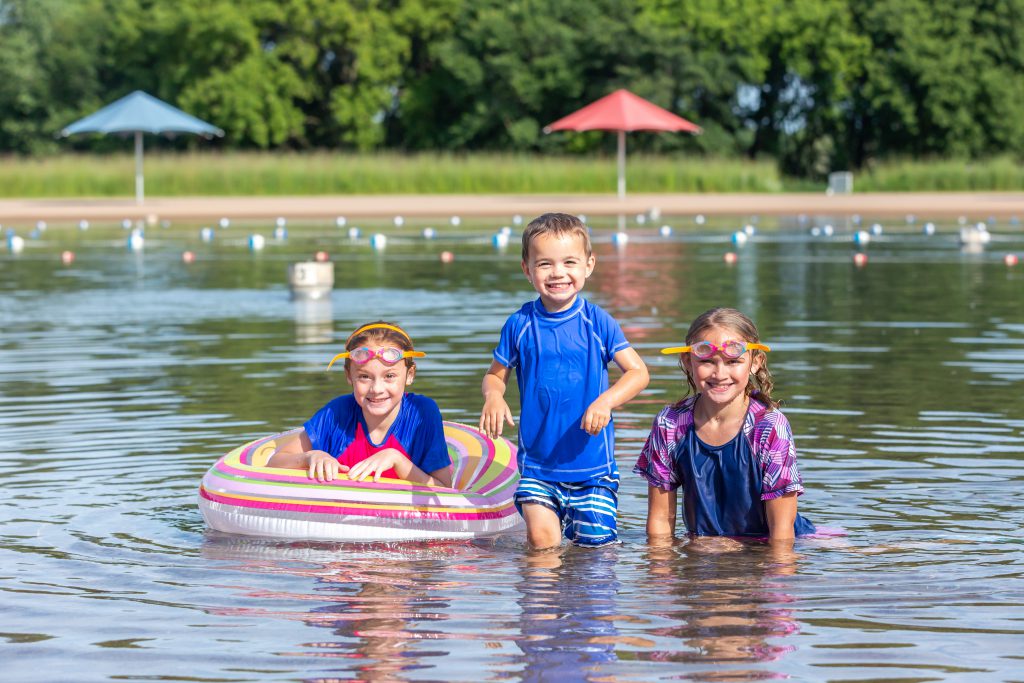Managing nuisance algae and aquatic weeds in your lake can be challenging, but it doesn’t have to be
Managing nuisance algae and aquatic weeds in your lake can be challenging, but it doesn’t have to be. Learn how proactive management solutions can help improve lake health and create an ecosystem that is less likely to develop common water quality issues.
Algae and Invasive Weeds: The Biggest Burden of Lake Managers and Owners
One of the biggest headaches lake and pond owners or managers face is nuisance growth of algae and aquatic weeds. Aquatic weeds and algae are an eyesore and a top complaint from stakeholders. People look forward to enjoying the water during the warmer months, but if nuisance growth is not prevented before spring, it may come to define your property all summer long. Poorly-maintained waterbodies can lead to disconnected communities, reduced property values, liability issues, and weak confidence in leadership.
Aquatic weeds and algae can be hard to eliminate as they are merely a symptom of more systemic water quality issues – in particular, a surplus of nutrients in the waterbody. Warm weather combined with excess nutrients can create imbalances that make lakes and ponds more susceptible to weeds and algae. These imbalances can be further exacerbated by depleted dissolved oxygen levels, poor circulation, and erosion.
 A Reactive Strategy to Algae & Weed Control
A Reactive Strategy to Algae & Weed ControlNutrients commonly enter lakes and ponds through stormwater runoff that picks up pollutants, lawn clippings, animal waste, and eroded shoreline sediment. Nutrients are released as these materials break down. If these problems are allowed to continue for too long, property owners and managers will have to turn to more reactive solutions like mechanical harvesting or EPA-registered herbicides and algaecides to eliminate nuisance growth. Though they do not address the root cause, these are often the quickest and most cost-effective strategies to quickly remove nuisance growth, and introduce an annual management program from a “clean slate.”
 A Proactive Approach to Algae & Weed Control
A Proactive Approach to Algae & Weed ControlProactive management begins with in-depth water quality testing to identify water quality imbalances before they manifest. After establishing a baseline, professionals continue monitoring to spot changes and take action early on. Dissolved oxygen is essential to a healthy waterbody, so fountains and aerators are often the next step. Fountains circulate and oxygenate lakes and ponds from the surface, while submersed aerators pump oxygen-rich bubbles from the bottom. In tandem, they work to restore balance to the water column.

Halt Runoff & Maintain Healthy Water
This is where shoreline management comes in. Native plants introduced around the water’s perimeter can help slow runoff and filter out pollutants. They also help contain soil along the bank to prevent erosion. If a shoreline is too impaired, bioengineering materials and techniques can be used to rebuild it for years of erosion protection.
Reduced Algae and Restored Tranquility
“One of our lakes has been experiencing regular algae blooms and SOLitude’s biologist performed a comprehensive lake and water analysis to determine the cause of the problem. Recommendations were presented and the problem was resolved!”
Peter D., Community Manager
Tags: Lake Management Articles, Members Articles




